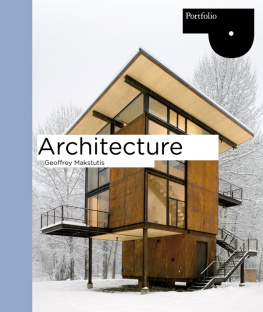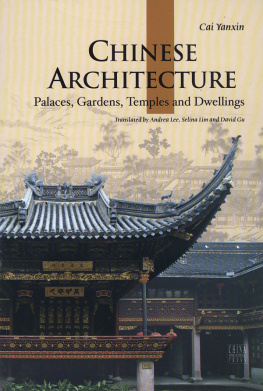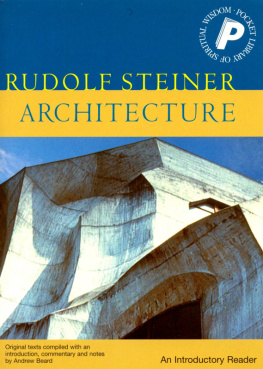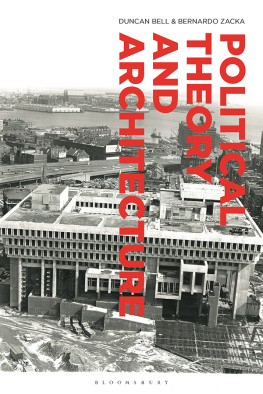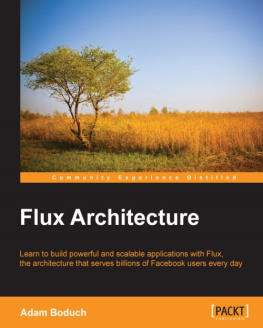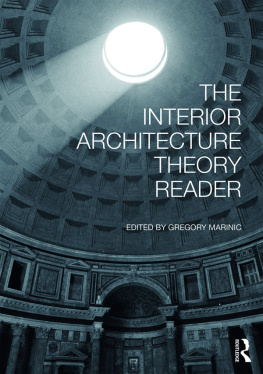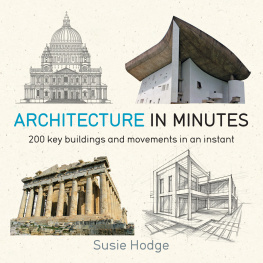Makstutis - Architecture
Here you can read online Makstutis - Architecture full text of the book (entire story) in english for free. Download pdf and epub, get meaning, cover and reviews about this ebook. City: London, year: 2010, publisher: Laurence King Publishing, genre: Religion. Description of the work, (preface) as well as reviews are available. Best literature library LitArk.com created for fans of good reading and offers a wide selection of genres:
Romance novel
Science fiction
Adventure
Detective
Science
History
Home and family
Prose
Art
Politics
Computer
Non-fiction
Religion
Business
Children
Humor
Choose a favorite category and find really read worthwhile books. Enjoy immersion in the world of imagination, feel the emotions of the characters or learn something new for yourself, make an fascinating discovery.
Architecture: summary, description and annotation
We offer to read an annotation, description, summary or preface (depends on what the author of the book "Architecture" wrote himself). If you haven't found the necessary information about the book — write in the comments, we will try to find it.
Architecture — read online for free the complete book (whole text) full work
Below is the text of the book, divided by pages. System saving the place of the last page read, allows you to conveniently read the book "Architecture" online for free, without having to search again every time where you left off. Put a bookmark, and you can go to the page where you finished reading at any time.
Font size:
Interval:
Bookmark:
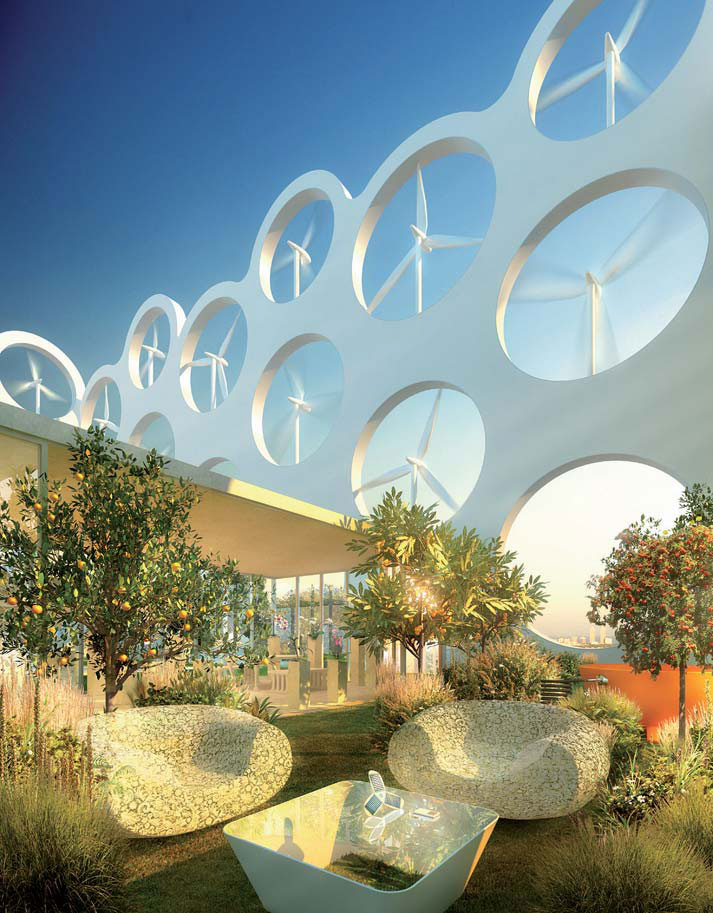
architecture
For Dylan, Amelia, and, most of all, Sarahwithout you there is nothing.
Copyright 2010 Central Saint Martins College of Art & Design, The University of the Arts London
Published in 2010 by Laurence King Publishing in Association with Central Saint Martins College of Art & Design
The content for this book has been produced by Central Saint Martins Book Creation, Southampton Row, London, WC1B 4AP, UK
Laurence King Publishing Ltd
361373 City Road
London EC1V 1LR
United Kingdom
Tel: +44 20 7841 6900
Fax: +44 20 7841 6910
e-mail:
www.laurenceking.com
All rights reserved. No part of this publication may be reproduced or transmitted in any form or by any means, electronic or mechanical, including photocopy, recording or any information storage or retrieval system, without permission in writing from the publisher.
A catalogue record for this book is available from the British Library.
ISBN-13: 978-1-85669-623-4
Designed by Karen Wilks
Printed in China
Front cover: Winter view of Delta Shelter, Mazama, Washington, USA. Tom Kundig (Olson Sundberg Kundig Allen Architects)
Back cover: Upper-level plan, Sagaponac House, Long Island, New York, USA. Reiser + Umemoto
Frontispiece: View of roof terrace, COR, Miami, Florida, USA. Oppenheim Architecture + Design

Introduction
Architects and development
The practice of architecture is not new. While the profession, as we recognize it today, has only been around since the seventeenth century, there is evidence of designed structures, and drawings of these, dating as far back as the sixth or seventh millennium BCE. As settlements became more complex it became necessary to plan developments rather than rely upon an ad hoc accretion of structures. This increasing complexity called for design the ability to envision a future and mediate the building process to achieve that future.
The architect was the individual who had the overview of the needs of development, the knowledge of building techniques, and the application of these to specific types of structures. This was the person who understood a set of graphic conventions, which could be used to explain to others the quantifiable elements necessary to make the imagined become the built.
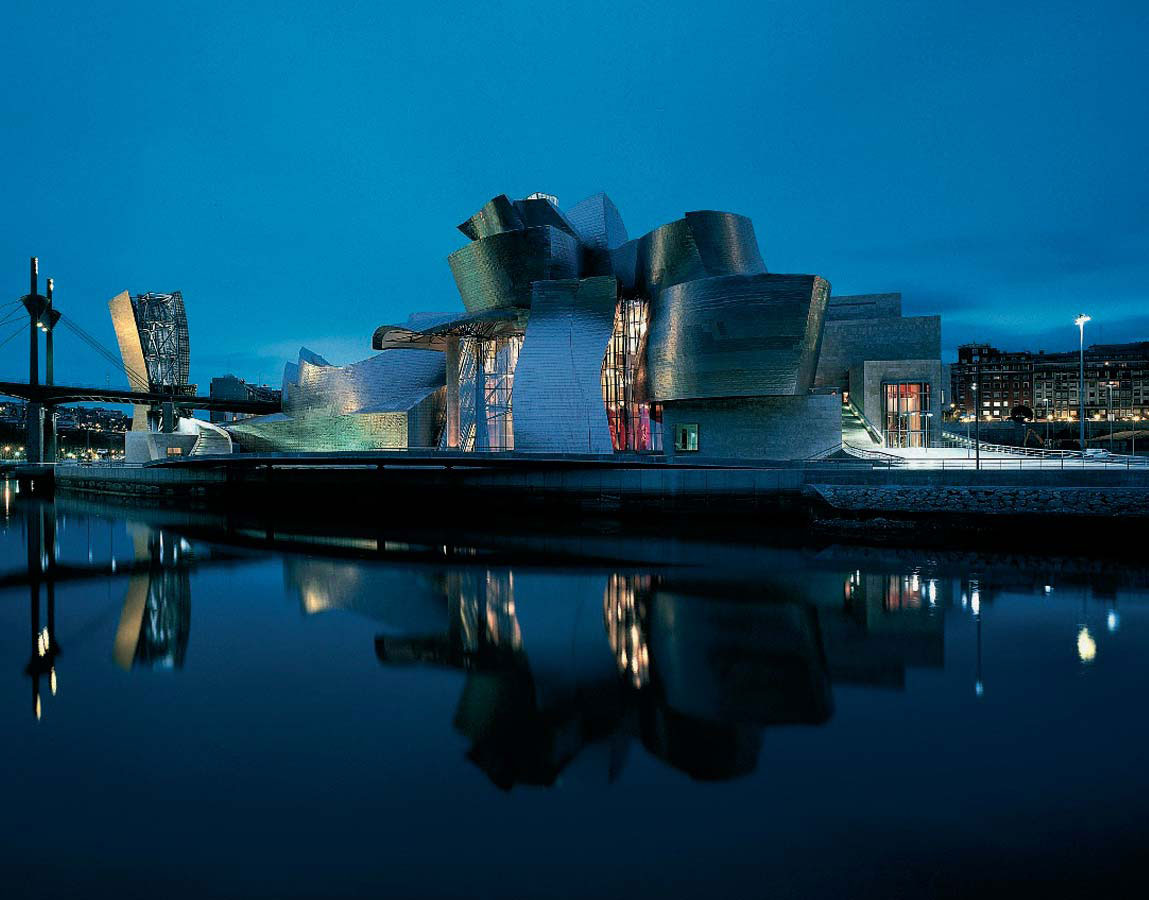
Frank Gehry, Guggenheim Museum, Bilbao, Spain, 1997
Architecture makes real the aspirations and projected values of our culture. Whether a private home or a major arts institution, the forms and functions of our buildings define the way in which we communicate to a broader public.
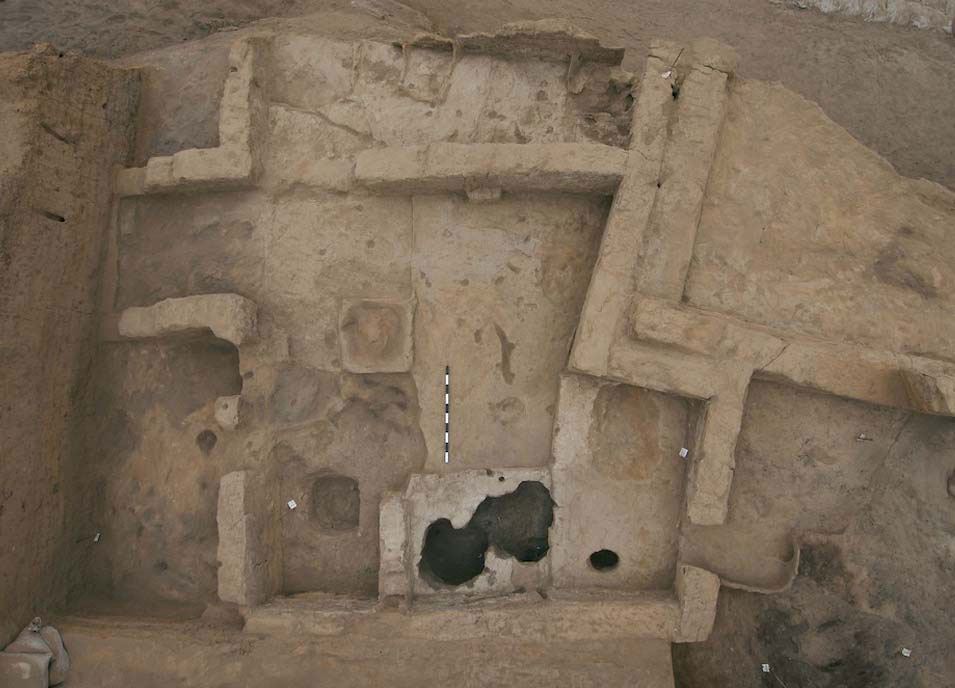
atalhyk, Anatolia, Turkey, 7500 BCE Building can be the basic process of meeting immediate need, but architecture, and the actions of those who are called architects, transcend simple building in order to embody a set of ideas about our present and our future.
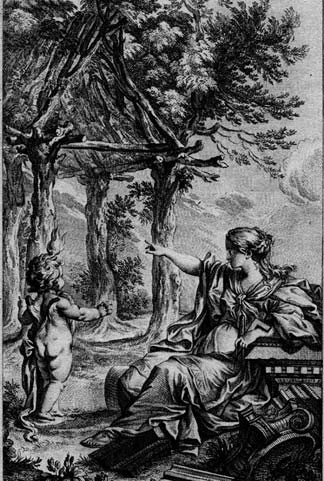
Marc-Antoine (Abb) Laugier, The Primitive Hut, frontispiece from Essai sur larchitecture (Essay on Architecture), 1753
Architecture has long been seen as one of the highest expressions of humankinds ability to structure the world around it; to move beyond merely the construction of shelter and provide order and meaning.
What is architecture?
Ask a handful of architects this question and the odds are we will get a handful of different answers. Why should this be, when the practice of designing the buildings and spaces that surround us has been carried out for millennia? As with the way in which we buildthe techniques, materials, and processesarchitecture is in continuous transition and transformation. In response to changes in the world around us, architecture and the role of the architect are constantly being redefined.
Ernest Dimnet, a French-American author, is quoted as saying that Architecture, of all the arts, is the one which acts the most slowly, but the most surely, on the soul. Whether one likes or dislikes a particular building, public space, or room, the experience of interacting with it will forever be a part of oneself. Architecture can inspire or depress, uplift or oppress, and incite a myriad of other emotional responses.
From the primitive hut of Abb Laugiers writings to the intelligent buildings of the twenty-first century, architecture plays a vital role in the way we express our personal beliefs and values, and those of our public and private institutions. Cathedral or mosque, terraced house or mansion, corner shop or shopping mall, architecture is the reflection of our cultural identity made manifest in the built environment.
Architecture is both a local and a global pursuit. Every culture has its specific vernacular expressions that will be apparent in the buildings that make up its urban and rural fabric. However, as we have become increasingly mobile and international in our outlook the local vernacular has become a part of a global aesthetic. Architects now practice across national boundaries and bring new influences to bear upon the work that they undertake. In this process architecture becomes an international language. European International Style became American Modernism. The simplicity of Japanese design became Western minimalism. We have translated and transplanted styles, techniques, and philosophies between countries and cultures. In this way each culture makes these fusions a part of the fabric of their built environment and the process goes on.
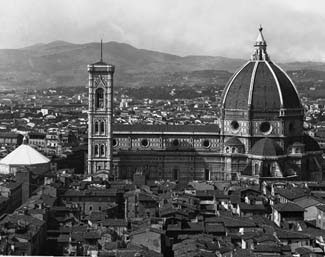
Filippo Brunelleschi, the dome of Florence Cathedral, Florence, Italy, 1436
Architecture reveals and represents our cultural identity as well as our deepest beliefs and values.
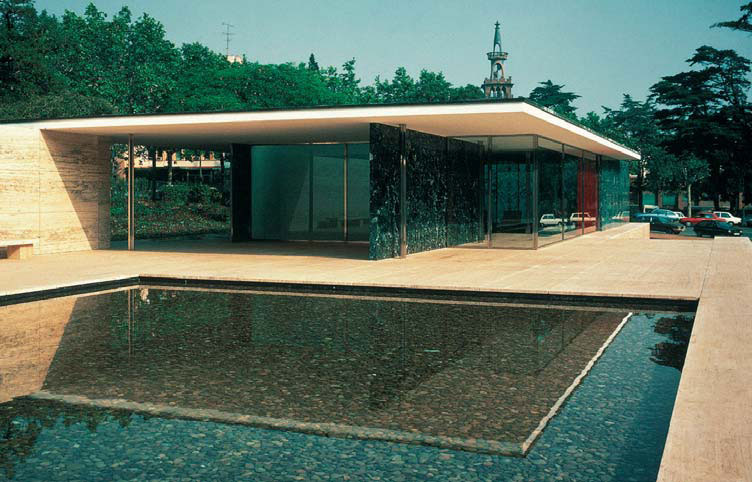
Ludwig Mies van der Rohe, Barcelona Pavilion, Barcelona, Spain, 1929
The simplicity of modern architecture was not simply a stripping away of ornament, but a drive to explore the very basis of architectural form. No longer an expression of structural prowess, space was released to be considered as an entity rather than simply the emptiness between walls.
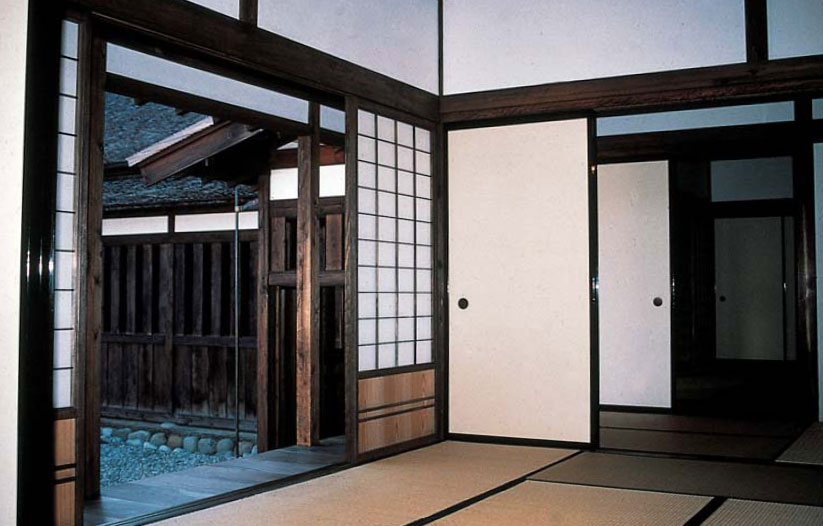
Traditional Japanese House
Architecture is both a local and a global pursuit. Every culture has its specific vernacular expressions that will be apparent in the buildings that make up its urban and rural fabric.
Architecture continues to be one of the most popular and challenging disciplines. Each generation brings a new vision to the way that we can transform the world in which we live.
What does an architect do?
Once again, asking a group of architects what they do will most likely result in a range of answers. Some responses will be affected by the scale of projects that are undertaken. Architects involved in large projects will often work in more specialized areas, whereas those working on smaller projects may carry out a much broader range of activities. Differences will also arise due to variations in the types of project. An architect who works primarily on private residential projects will have a very different view of the profession to one who works on commercial projects.
Next pageFont size:
Interval:
Bookmark:
Similar books «Architecture»
Look at similar books to Architecture. We have selected literature similar in name and meaning in the hope of providing readers with more options to find new, interesting, not yet read works.
Discussion, reviews of the book Architecture and just readers' own opinions. Leave your comments, write what you think about the work, its meaning or the main characters. Specify what exactly you liked and what you didn't like, and why you think so.

